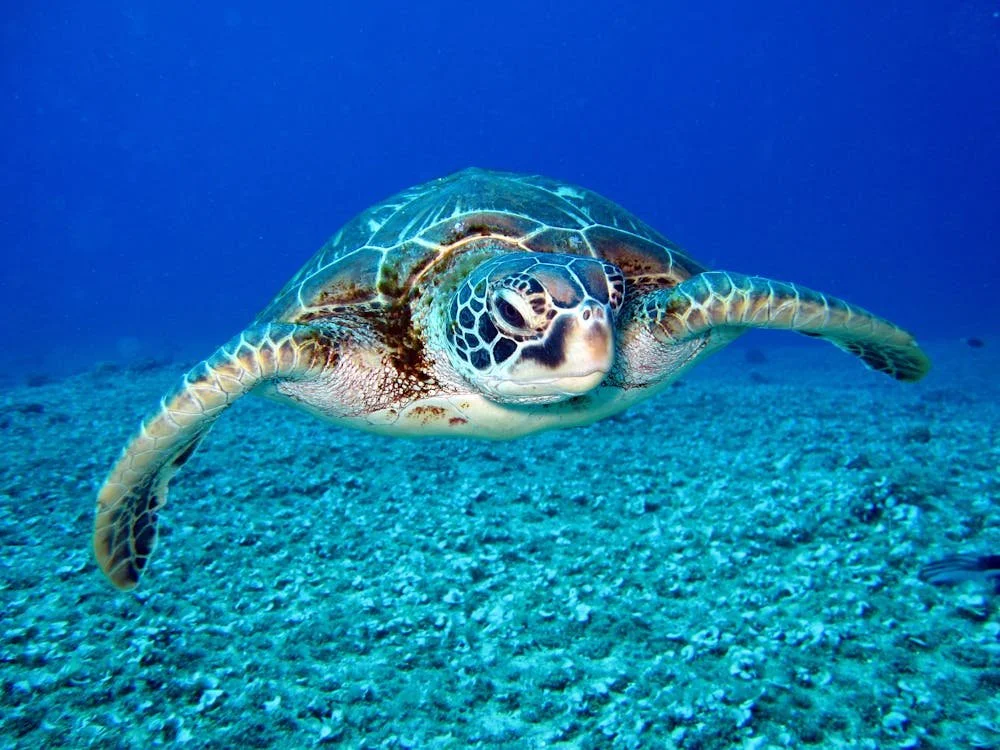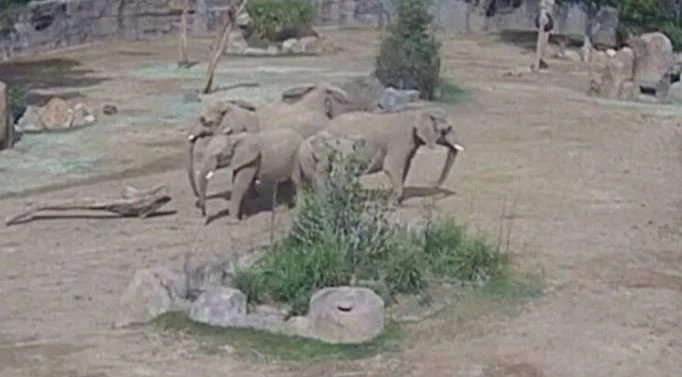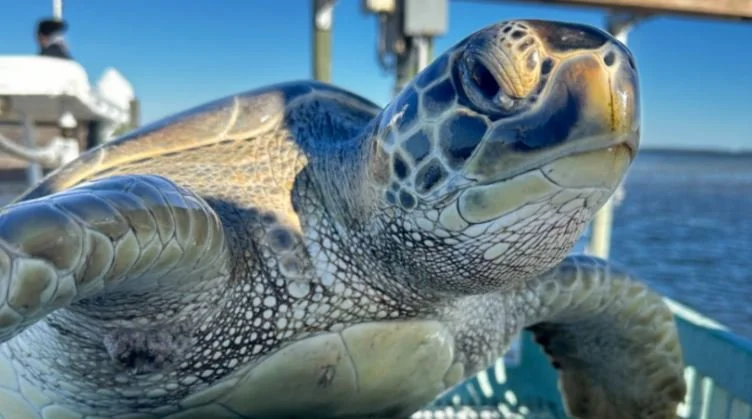Tears of the Sea Turtle Might Be Key to Navigation Mystery
Researchers in Florida have been painstakingly collecting the tears of sea turtles for the past couple years. They believe the tears carry a secret that could explain an enduring mystery: how many animals navigate by tapping into the Earth’s electromagnetic field.
The navigational skills of certain animals – birds, fish, reptiles, mammals – are impressive and mostly mysterious. Loggerhead sea turtles, for example, hatch in Florida, swim across the Atlantic to islands off the coast of Portugal, and eventually return to Florida as adults to nest, often to the very same beach where they were born.
“These young turtles can guide themselves along that 10,000-mile migratory path despite never having been in the ocean before and despite traveling on their own,” biologist Kenneth Lohmann tells Vox.
Julianna Martin, a biologist at the University of Central Florida, thinks the secret could be revealed in turtle tears. Staking out Florida beaches during the summer egg-laying season, when female turtles are in a sort of somnambulant trance, Martin is able to dab around their eyes with a swab, collecting the tears they excrete to expel excess salt.
Martin is looking for a specific kind of tear-borne bacteria that contain magnetite, a mineral made mostly of iron oxide. The so-called magnetotactic bacteria is common in aquatic environments. As the name suggests, magnetotactic bacteria act as literal compasses, its iron lining up with the electromagnetic field as it would with any magnet.
The researchers think the magic bacteria aggregate near nerves in the turtles, providing their hosts with information about their position in space. To date Martin has swabbed and analyzed tears from around 30 turtles, but has not yet found tell-tale magnetotactic bacteria.
When and if the researchers find the very special bacteria, they will have to explain how they communicate navigational information to the host turtle. It’s also unclear what the magnetotactic bacteria would get out of this relationship, assuming it is a symbiotic one.
“We’re not entirely sure how magnetotactic bacteria could be facilitating a magnetic sense, but that seemed like a good place to start,” says Martin.
Julianna Martin / UCF Marine Turtle Research Group
Photo credit: Richard Segal / Pexel.com







